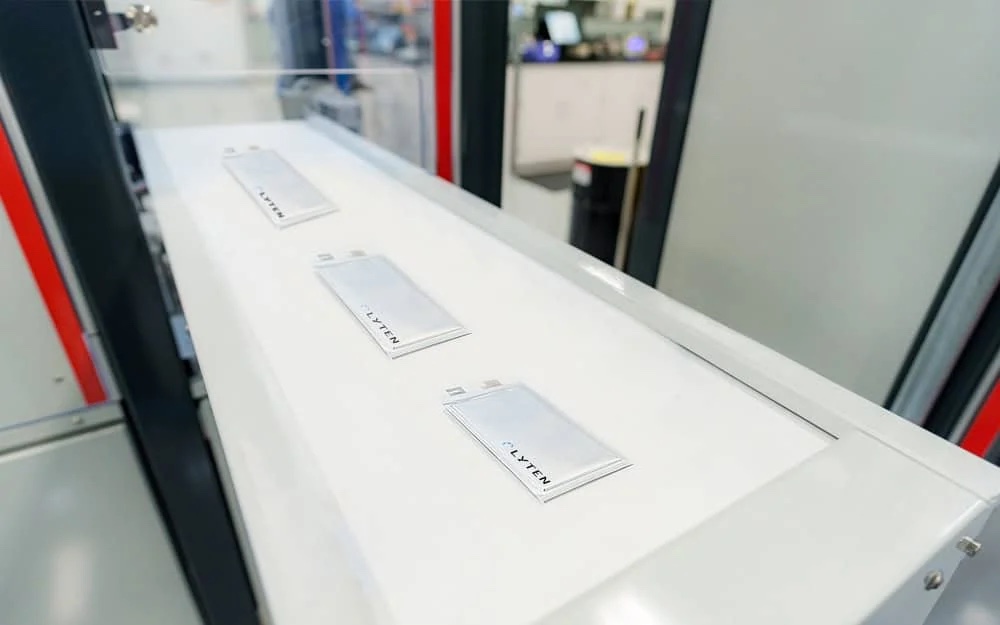US renewables’ electrical generating capacity could be close to – and may even surpass – natural gas within three years, according to FERC data.
In March alone, solar accounted for 99.7% of capacity added, marking the seventh consecutive month that it provided more new generating capacity than any other energy source, according to the US Federal Energy Regulatory Commission’s (FERC) latest monthly “Energy Infrastructure Update” report (with data through March 31, 2024), which was reviewed by the SUN Day Campaign.
FERC says 52 “units” of solar provided 2,833 megawatts (MW) of new domestic generating capacity in March, or 99.72% of the total. Three megawatts each of new biomass and oil capacity plus 1 MW each of new hydropower and natural gas capacity made up the balance.
For Q1 2024, solar accounted for 86.79% (6,497 MW) of new generating capacity brought online while wind contributed another 12.40% (928 MW). Natural gas trailed with only 49 MW (0.65%) along with 5 MW of oil, 3 MW of biomass, 3 MW of “other,” and 1 MW of hydropower.
Solar has now been the largest source of new generating capacity from September 2023 to March 2024. Further, new solar capacity added in Q1 2024 was more than double the solar added in Q1 2023 (2,774 MW).
“FERC’s data for the first quarter seem to confirm forecasts by multiple sources that solar will dominate new capacity additions in 2024,” noted the SUN DAY Campaign’s executive director Ken Bossong. “And it is not unreasonable to suggest that solar’s growth this year will exceed expectations.”
Renewables are nearly 30% of utility-scale generating capacity
The latest capacity additions have brought solar’s share of total available installed utility-scale (i.e., >1 MW) generating capacity up to 8.25%, surpassing that of hydropower (7.88%). Wind is currently at 11.77%. Solar and wind combined now account for more than a fifth (20.02%) of the US’s installed utility-scale generating capacity. With the inclusion of biomass (1.14%) and geothermal (0.33%), renewables now claim a 29.37% share of total US utility-scale generating capacity.
For perspective, a year ago, solar’s share was 6.67% while wind and hydropower were 11.51% and 7.97%, respectively. The mix of all renewables totaled 27.67%.
Installed utility-scale solar has now climbed into fourth place – behind natural gas (43.79%), coal (15.87%), and wind – for its share of generating capacity after having recently surpassed that of nuclear power (8.01%).
Solar to beat wind and coal within 3 years
FERC reports that net “high probability” additions of solar between April 2024 and March 2027 total 89,030 MW – that’s more than 3.5 times the forecast net “high probability” additions for wind (24,483 MW), the second-fastest growing resource.
FERC also foresees growth for hydropower (568 MW), geothermal (400 MW), and biomass (91 MW). The new 1,100 MW Vogtle-4 reactor in Georgia that entered commercial operation in late April will increase nuclear capacity modestly, while coal, natural gas, and oil are projected to shrink by 20,077 MW, 2,386 MW, and 2,015 MW, respectively.
If just FERC’s current “high probability” additions come to fruition, by April 1, 2027, solar will account for almost one-seventh (14.16%) of installed US utility-scale generating capacity. That would be greater than either coal (13.36%) or wind (12.77%) and nearly double that of either nuclear power (7.56%) or hydropower (7.40%).
The mix of all renewables would account for 35.73% of total available installed utility-scale generating capacity – rapidly approaching that of natural gas (40.72%) – with solar and wind constituting more than 75% of installed utility-scale renewable energy capacity. Solar capacity alone would equal the combined capacities of wind, biomass, and geothermal.
FERC’s numbers run conservative
Three years ago, in its March 2021 “Infrastructure” report, FERC projected that between April 2021 and March 2024, net “high probability” solar additions would total 41,238 MW while those for wind would reach 21,888 MW. In reality, solar additions during that three-year period totaled 49,480 MW – nearly one-fifth (19.99%) higher, while actual wind capacity additions reached 26,910 MW or nearly 23% higher than FERC’s forecast.
Moreover, FERC reports that there may actually be as much as 214,882 MW of net new solar additions in the current three-year pipeline in addition to 73,732 MW of new wind and 7,719 MW of new hydropower.
FERC only reports data for utility-scale facilities – it doesn’t include rooftop solar data, for example. According to the US Energy Information Administration (EIA), small-scale solar is estimated to account for nearly a third of US electrical generation by solar and a larger share of total installed solar capacity.
This suggests that the total capacity of distributed (rooftop solar) and utility-scale solar combined is significantly more than the 8.25% FERC reported as solar’s share of total capacity at the end of March. It’s perhaps closer to 12% and may be on track to approach or exceed 20% within three years.
That could bring the generating capacity of all renewables close to – and possibly surpassing – natural gas within three years.
Read more: In a milestone, the US exceeds 5 million solar installations
To limit power outages and make your home more resilient, consider going solar with a battery storage system. In order to find a trusted, reliable solar installer near you that offers competitive pricing, check out EnergySage, a free service that makes it easy for you to go solar. They have hundreds of pre-vetted solar installers competing for your business, ensuring you get high quality solutions and save 20-30% compared to going it alone. Plus, it’s free to use and you won’t get sales calls until you select an installer and you share your phone number with them.
Your personalized solar quotes are easy to compare online and you’ll get access to unbiased Energy Advisers to help you every step of the way. Get started here. – ad*
FTC: We use income earning auto affiliate links. More.




